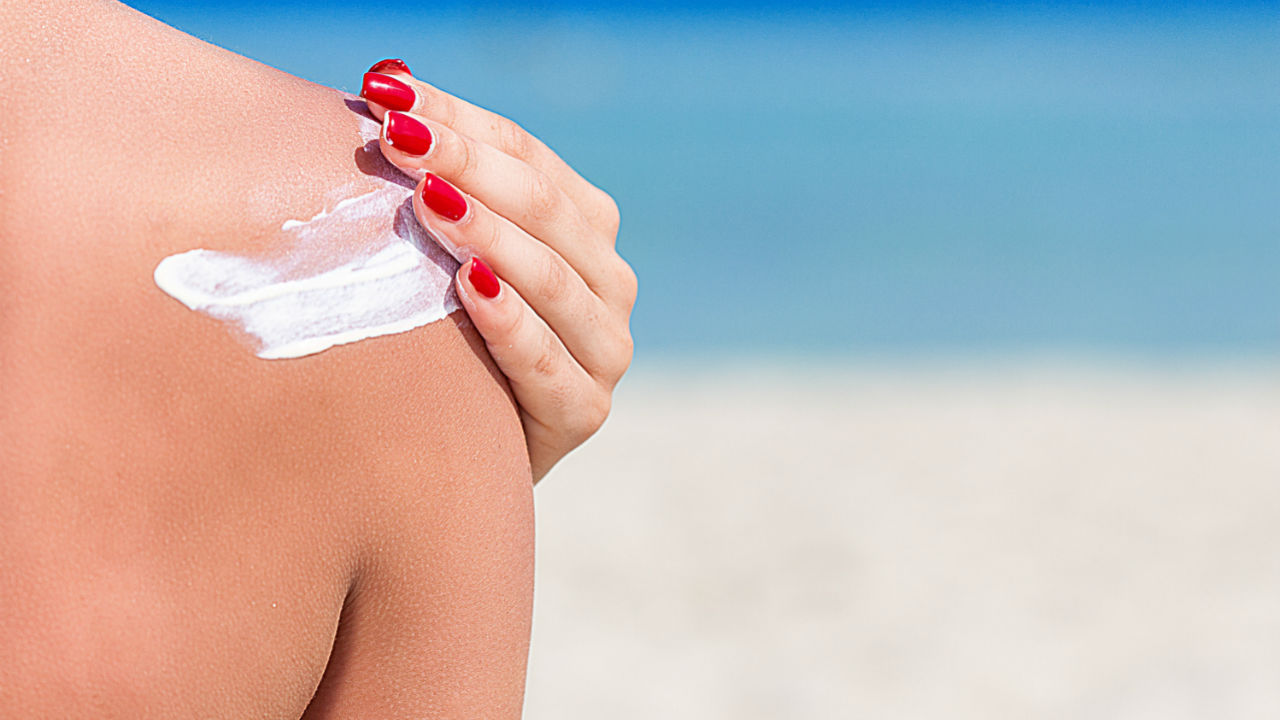 orelphoto/fotolia
orelphoto/fotolia
Sponsored by: Bio-Oil®
Have you felt the sting of clothes on your sun-scorched back? The scorch as you accidentally grab a hot pan with your bare hands? Have you felt the white-hot flash when you give the hot grill just one more squeeze of lighter fluid?
Many injuries occur in the home, and one of the top home injuries is a burn. Every day more than 300 children and teens are treated in emergency rooms for burn-related injuries, usually from scalding. Each year, more 1.1 million adults receive burns serious enough to require medical attention, according to the Centers for Disease Control and Prevention.
Types of Burns
The four main types of burns occur in everyday situations from ordinary sources.
Thermal
Thermal burns can occur from direct contact with open flames, such as gas stoves, fires, matches, lighters, candles and barbecue grills. Contact with hot surfaces such as pans, stovetops wood stoves and even car surfaces in hot climates also can result in thermal burns.
Children are especially at risk from scalding liquids and steam, usually in the kitchen but also in the bath. On the stovetop, always turn panhandles inward and set your water heater to 120 degrees or lower.
Chemical
Strong acids, alkalies, detergents, or solvents can burn skin and eyes. Common household products contain chemicals that can cause serious burns, including pool chemicals, bleach, battery acid and denture cleaners.
Electrical
This type of burn comes from exposure to electrical current—a knife in the toaster, a short in a light switch, a do-it-yourself repair gone wrong.
Radiation
Radiation burns can occur from too much sun or exposure to radiation, such as during cancer treatment and x-rays.
How are Burns Classified?
There are three primary levels of burns, categorized by the extent of damage to the skin.
First degree
First-degree burns affect only the outer layer of skin, the epidermis. Redness, pain and swelling occur, without blisters.
Second degree
Second-degree burns extend to the second layer of skin, the dermis, with red or splotchy skin and blisters, and possibly pain and swelling.
Third degree
Third-degree burns involve the epidermis, dermis, underlying fat, and sometimes muscle and bone. Burns affecting muscle, bone and tendon are sometimes called fourth-degree burns. Skin appears splotchy and white and sometimes charred.
Extensive damage to nerves may prevent the burn victim from feeling pain related to the injury. Third-degree burns require urgent medical attention.
Bio-Oil® for Burns and Scars
Bio-Oil® is a skin care option that may help relieve burn scars once blisters and wounds have healed.
Bio-Oil® is an internationally recognized tissue oil made with Vitamins A and E and botanicals in a mineral oil base. The key proprietary ingredient of Bio-Oil®, PurCellin Oil™, is scientifically formulated to mimic the preen gland of ducks, a gland which provides the moisture barrier that keeps ducks afloat.
PurCellin Oil™ provides a nurturing, protective barrier between delicate, healing skin and the continued environmental assaults of weather, water, heat and cold. The aromatic oils in Bio-Oil® combine to further aid repair: calendula and chamomile oils reduce inflammation, while rosemary and lavender calm and soothe skin.
All levels of burns can result in scarring. Bio-Oil® helps with scar management, returning elasticity to damaged skin and often reducing the appearance of scars and evening skin tone.
Rubbing a few drops of Bio-Oil® into burns and scars every day for three months moisturizes damaged tissue and relieves the pain and itch that accompanies burns, called pruritus. Pruritus can cause a patient to scratch off newly formed skin, puts them at increased risk of infection and exacerbates scarring.
A clinical trial conducted at the burns unit of the Red Cross War Memorial Children’s Hospital in South Africa in 2006 showed that when combined with traditional treatments, Bio-Oil significantly reduced the severity of pruritus.
And there was an unexpected benefit. The act of applying Bio-Oil® in the hospital helped mothers to connect and bond with their ailing children.
Reduce your risks of burns at home by wearing sunscreen, being patient with the charcoal grill and dialing down the hot water heater.
For present relief of itching and future scar healing, consider using Bio-Oil®.
Learn more about how Bio-Oil® can help your healing skin: http://bio-oilusa.com/en-us/.
Sources:
1) Protect the Ones You Love: Child Injuries are Preventable. CDC.gov. Retrieved December 22, 2015.
http://www.cdc.gov/safechild/burns/
2) Burns. HopkinsMedicine.org. Retrieved December 22, 2015.
http://www.hopkinsmedicine.org/healthlibrary/conditions/dermatology/burns_85,P01146/
3) BIO-OIL & BURN SCARS.biooil.com. Retrieved December 22, 2015.
http://www.biooilhealth.com/Scars/Bio-Oil-Burn-Scars
4) Burns. CDC.gov. Retrieved December 24, 2015. Most adult injuries occur from smoking or open flames.
http://www.cdc.gov/masstrauma/factsheets/public/burns.pdf






Add a CommentComments
There are no comments yet. Be the first one and get the conversation started!